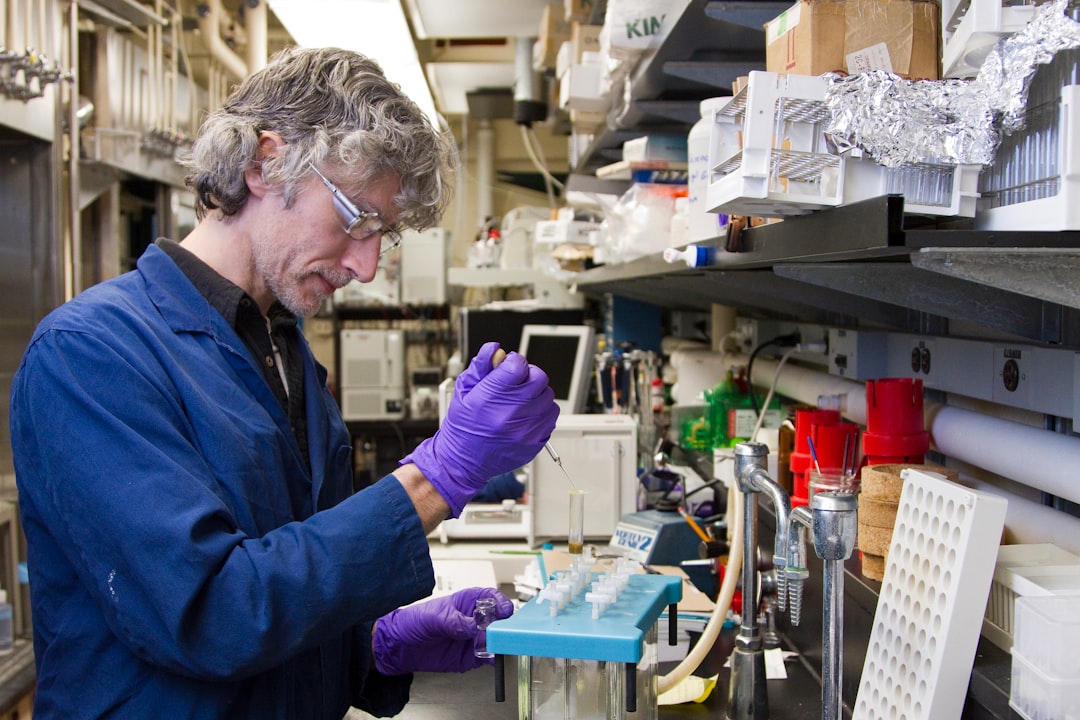What is it about?
The initial observation for this work was that ‘great’ earthquakes, those which measured more than magnitude 8.0, tend to have end points in the same place. We showed that it when mountains on the ocean floor are wedged into subduction zones, earthquakes cannot get past. An earthquake end point is the limit to the earthquake fault plane movement, shaking will take place outside of this zone but it is most violent in the regions above the fault plate movement. An initial inspection of the plate margin (where the incoming Pacific Plate is subducted underneath the South American Plate) suggested that when there are underwater mountains on the Pacific Plate coming into the subduction zone (black blobs on the figure above), these tend to match up with the end points of earthquakes. To test whether this was a real relationship, or just coincidence, I designed a model that produced earthquakes along the subduction zone. The model had two versions. In version one, earthquakes were placed in line along the subduction zone (as tends to happen in these situations, one earthquake starts at the end point of a previous one) but their end points were not constrained by anything. In the second version, if the earthquake tried to rupture past an incoming topographic feature, the rupture was stopped there. By applying statistical tests to the model, I showed that the endpoints of earthquakes were far more likely than random chance to be located where topography > 1000m was being subducted. The model also showed that subducting topography led to a reduction in background earthquakes. At earthquake endpoints not associated with topography, there was an increased amount of smaller earthquakes releasing the built-up stress, but this was not seen at earthquake endpoints near to subducting topography. Therefore, subduction of a high seamount or ridge makes the subduction zone earthquake activity decrease (it becomes ‘aseismic’) which prevents both great earthquakes getting past, and smaller earthquakes from occurring.
Featured Image
Why is it important?
Knowing what causes earthquakes to stop can help us predict future catastrophic events. The earthquakes in South America are some of the largest on the planet, and cause death and destruction when they hit. Great earthquakes tend to link up, one starting at the end point of the previous one, so knowing where these endpoints might locate in the future is predicting how big, and how devastating, future earthquakes might be.
Read the Original
This page is a summary of: Subducted seafloor relief stops rupture in South American great earthquakes: Implications for rupture behaviour in the 2010 Maule, Chile earthquake, Earth and Planetary Science Letters, September 2010, Elsevier,
DOI: 10.1016/j.epsl.2010.07.029.
You can read the full text:
Resources
Contributors
The following have contributed to this page










